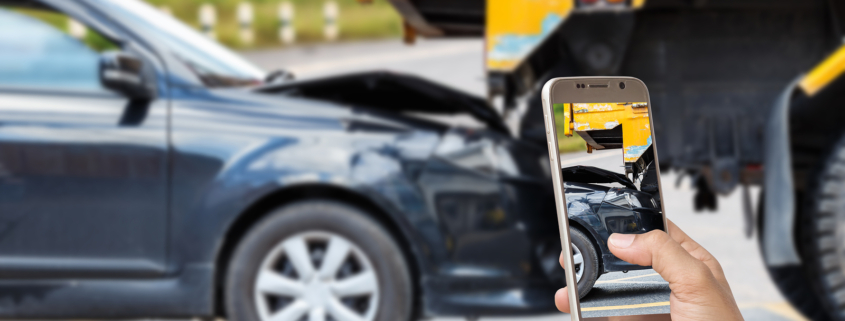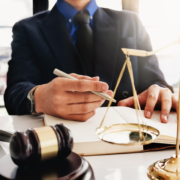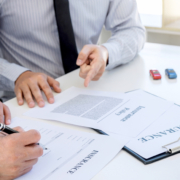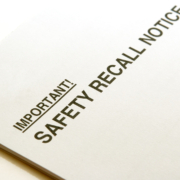If you have ever watched a courtroom drama or a reality show about legal cases, then you know about the importance of evidence. You will not have a strong case in court if it is simply your word against the other party’s. Of course, going to court is probably not the first thing you think about if you get into a car accident. Litigation is the exception rather than the rule when it comes to determining compensation for car accidents; most people do not want to take their car accident cases to court and prefer to accept whatever settlements the insurance companies offer (although this is not always the best course of action). Photographs can present objective testimony in a way that verbal statements cannot, and therefore it is important to document traffic accidents, even minor ones, in order to have evidence to present to your insurance company and, if necessary, to lawyers.
The Camera Does Not Lie
Photographs cannot change their story, and if you take them properly, they are not ambiguous. These are some reasons that photographic evidence is important in car accident insurance claims and lawsuits:
- Photos can document damage to your vehicle and evidence of any visible physical injuries resulting from the accident.
- Photographs can document that adequate signage was present at the scene of the accident, that the other driver should have noticed. Conversely, they can show that there was not adequate signage where there should have been, or that a traffic light was not functioning properly.
Tips for Photographing Evidence After an Accident
- Take photographs as soon as the accident happens. These days, almost everyone has a camera on his or her phone, so you do not have to go home to get your camera. You need evidence that the vehicle damage happened at the time of the accident, not after, and that road signs were present at the time of the accident, instead of being placed there later. Additionally, you should take a screenshot of your photo library showing the date and time when you took the pictures documenting the accident.
- Photograph your car and the scene of the accident from as many angles as possible.
- If the accident happens at night, take photographs when it happens. Then go back the following morning and take more pictures of the scene of the accident. This way, insurance adjusters and lawyers will be able to see the scene of the accident more clearly.
- When you call the insurance company about your claim, think about which points of your statement could be challenged if there is no photographic evidence. Try to get a picture to prove each of your points.
- If you go to the ER to get a written record of your accident-related injuries, even if they are minor (which you should), also have hospital employees photograph your injuries. It is hard to take clear pictures of your own bruises.
Contact Eric Schmidt About Cases Related to Traffic Accidents
Photographic evidence can help you build a strong case, but it cannot take the place of an experienced lawyer. Contact Eric Schmidt in Phoenix, Arizona to see if your car accident or other traffic accident is grounds for a lawsuit.










